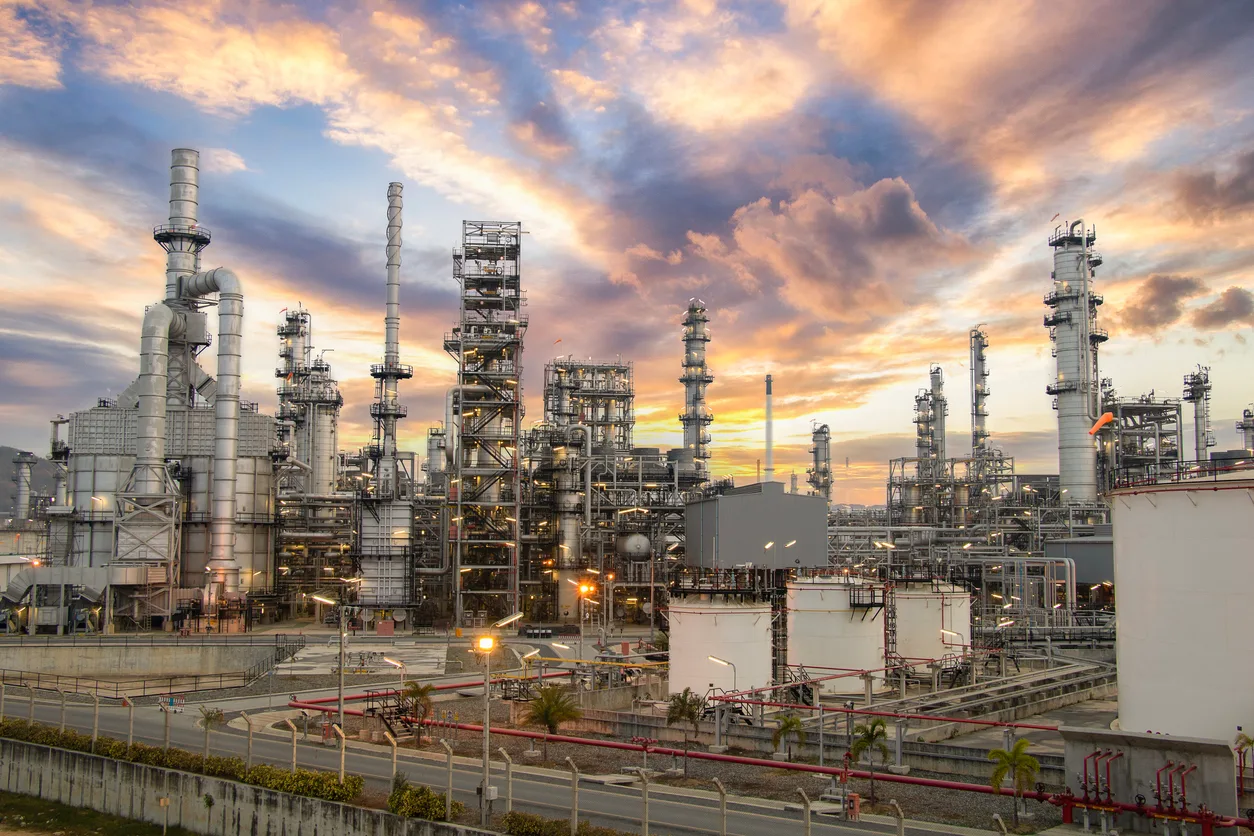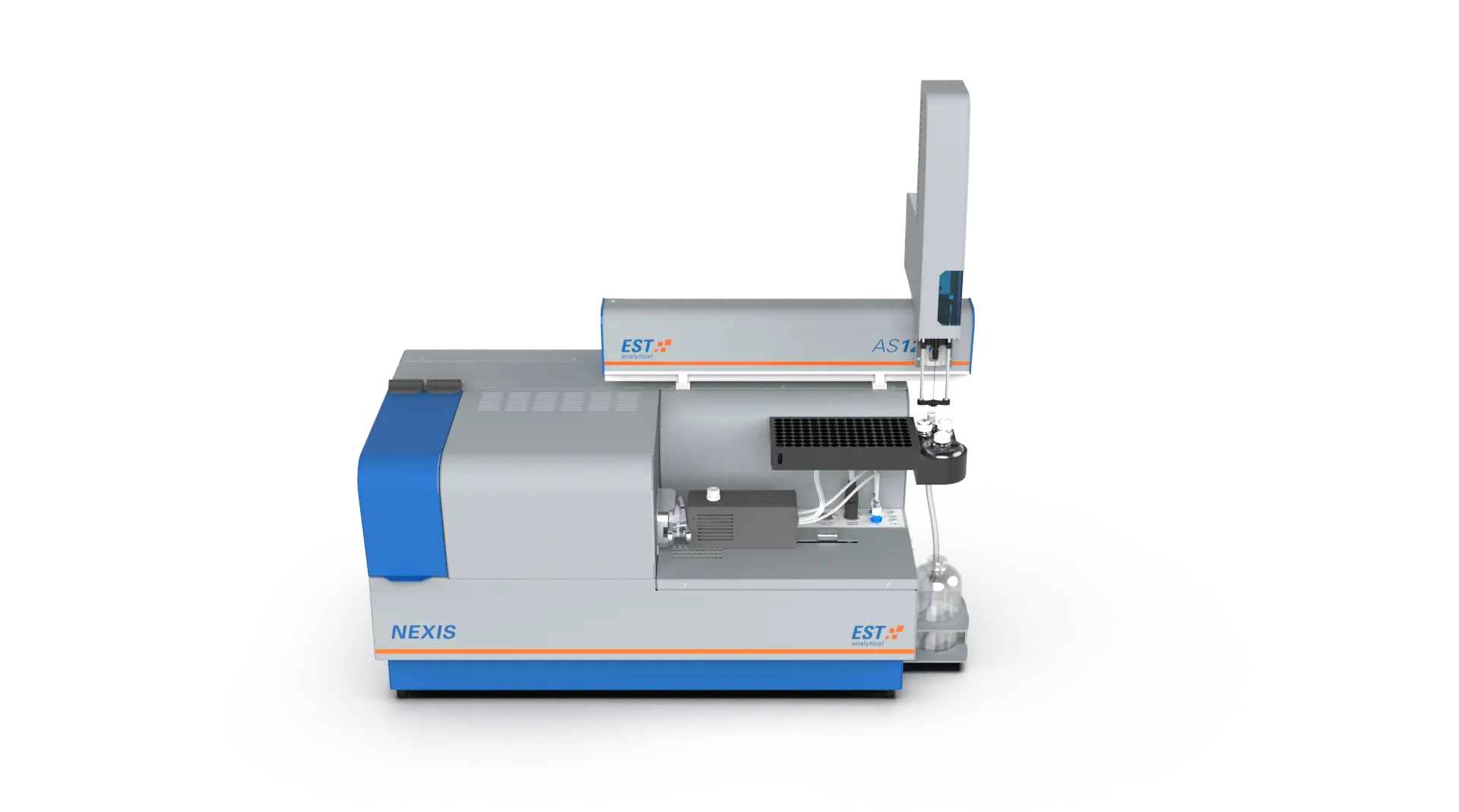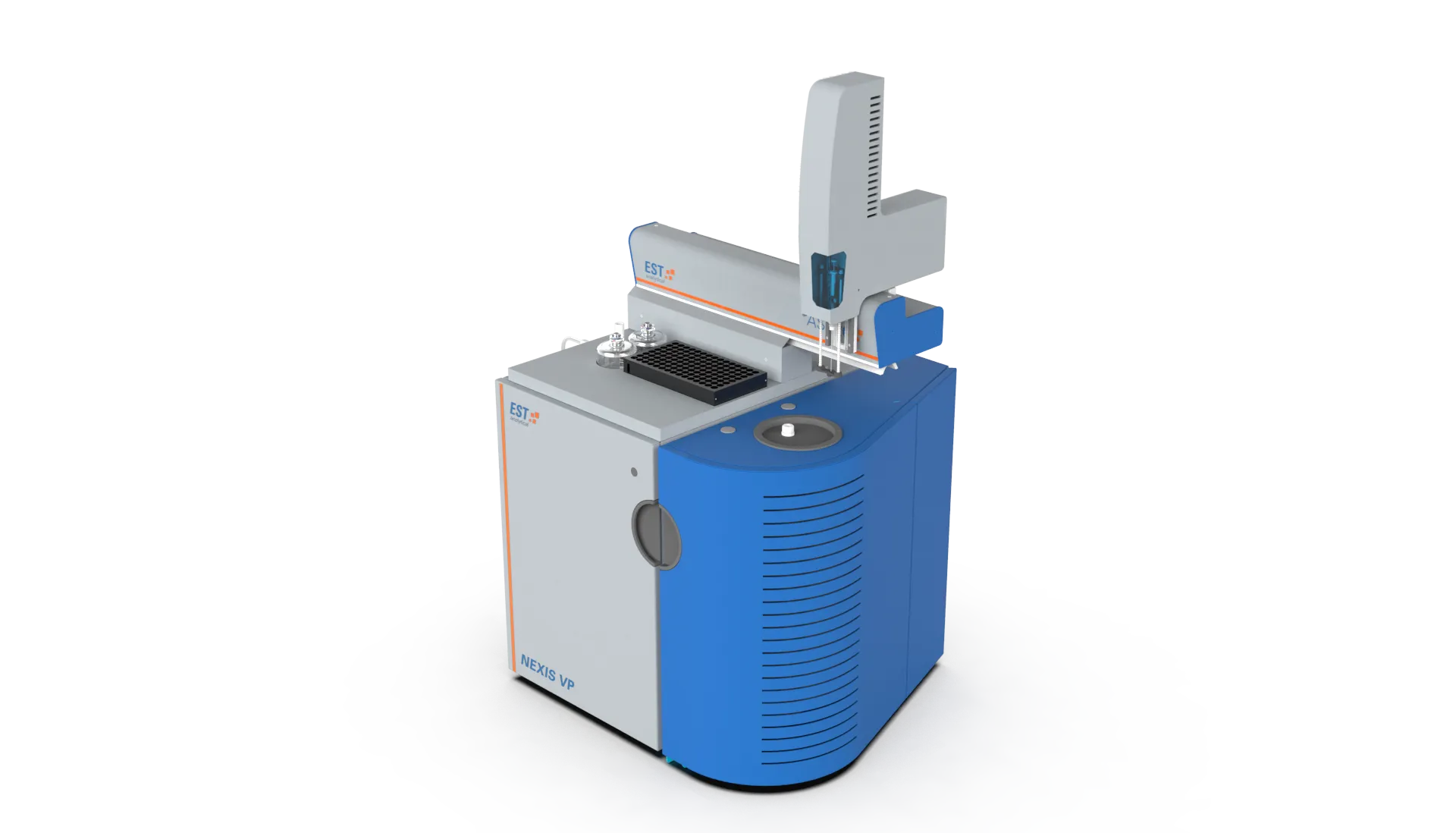Total Chlorine in Oil Samples

The presence of chlorine in crude oil can hydrolyze during the refinery process to form hydrochloric acid which causes corrosion. Certainly corrosion at petroleum refineries is a critical problem which exists at many places around the globe. Because of this it has a huge cost impact in terms of maintenance.
Therefore an effective chloride monitoring solution should be implemented. Many refineries have a periodic testing of inorganic chlorides in place. A well-known, reliable and sensitive test method for the chlorine analysis in crude and fuel oil products is oxidative micro coulometric technique. Accordingly, this has been applicable in the EST Total Chlorine analyzer, model NEXIS TX.
This application note shows the performance data on these types of samples using the NEXIS TX model with boat inlet method.
Combustion
The Total Chlorine analyzer, model NEXIS TX, is fitted with a horizontally positioned dual-zone furnace using an enhanced layer combustion tube, which accelerates the combustion performance. The furnace temperature is adjustable up to maximum 1250°C. The key-advantages of this combustion tube principle are the extensive combustion capacity, avoiding soot formation and yet enabling high injection speed with accuracy and less downtime of the analyzer




